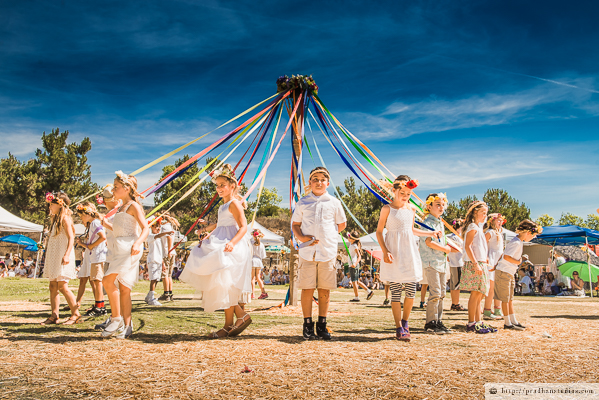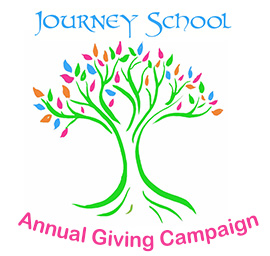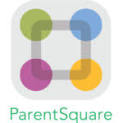Each year, Journey students present individual 8th Grade Projects to the school community. This is a special opportunity to get to know our 8th graders as they each take the stage to share a subject of interest and to walk us through the process of completing a related hands-on project.
It’s also an opportunity for families to become familiar with a Waldorf tradition they may soon be sharing in. Each evening promises to be unique; and we invite parents, children, family, and friends to attend.
2015 8th Grade Project Schedule
Tuesday, May 26, 2015 at 5:00 PM
Alea – Writing Fan Fiction
Katie – Wakeboarding
Elina – Locks
Sasha – Animation
Joseph – Constructing and Programming a Computer
Elise – Uses of Drones
Carly – The History of Astronomy
Thursday, May 28, 2015 at 5:00 PM
Max A. – The Making of Chocolate
Naty – Feminism
Devin – The Construction of a Baseball Bat
Sierra – Art and How if Affects the Brain
Anna – The Gerson Therapy
Gavyn – Building a Guitar
Olivia – Down’s Syndrome
Claire – Chiropractic
Friday, May 29, 2015 at 5:00 PM
Jordan – Oceanography: Waves
Charlotte – Equine Anatomy
Casey – Glass Blowing
Isa – The Big Splash: Controversy of Orcas in Captivity
Phoebe – The Study of Kinesiology: The Joints in the Human Body
Dorje – My Experience: Building a DIY Guitar
Dylan – The Joy of Music
Josh – Josh’s Ukulele
Max B. – What’s Your Passion?
The 8th grade projects consist of 4 key components:
- In keeping with the relationship-based nature of Journey’s education, students develop a long-term relationship with an expert in a field of specialty chosen by the student. This specialist, along with the class teacher, guides the 8th grade apprentice in significant research and mentors the student’s written project.
- The completion of a hands-on project makes the experience relevant and highly motivating for the student.
- Student work culminates in community service and volunteerism in a gesture of generosity–imitating the gesture of the mentor to the student.
- Then the work is presented to the public (Journey parents and students) who pose thoughtful questions that help prepare students for high school and university studies, as well as the world of work.






